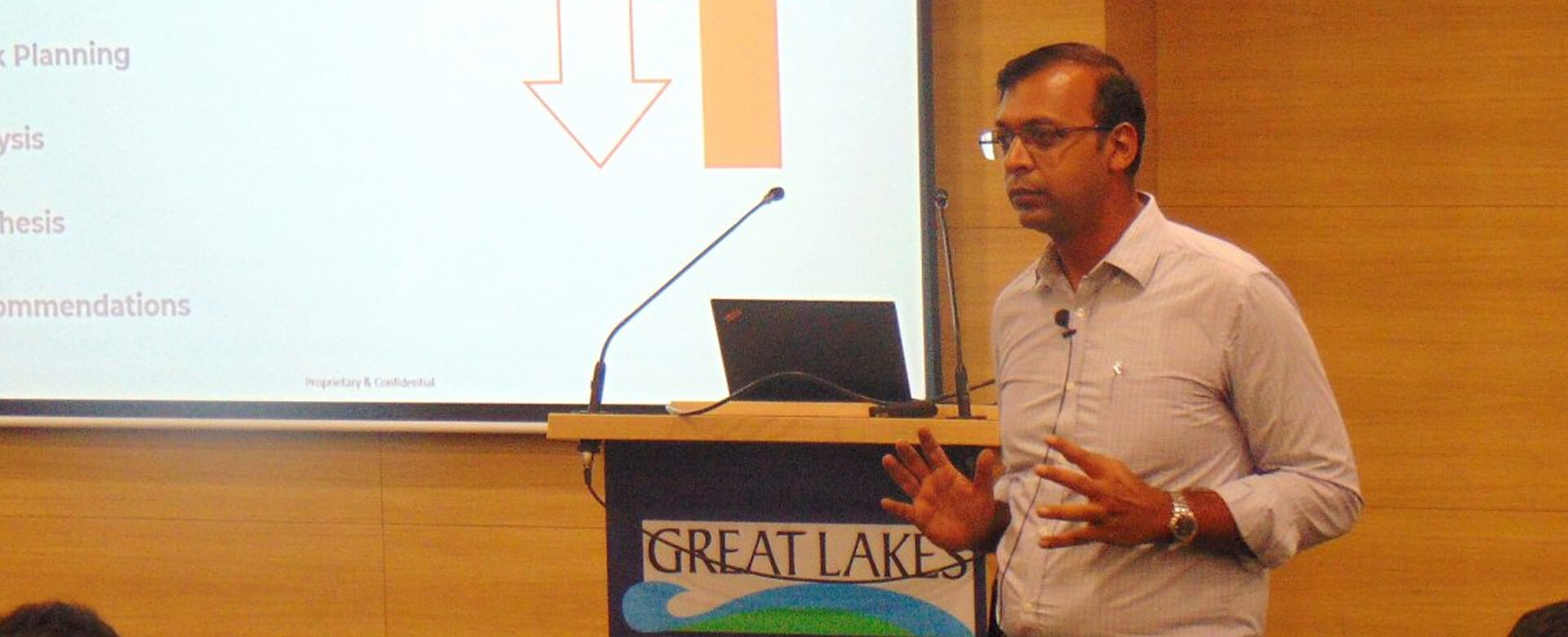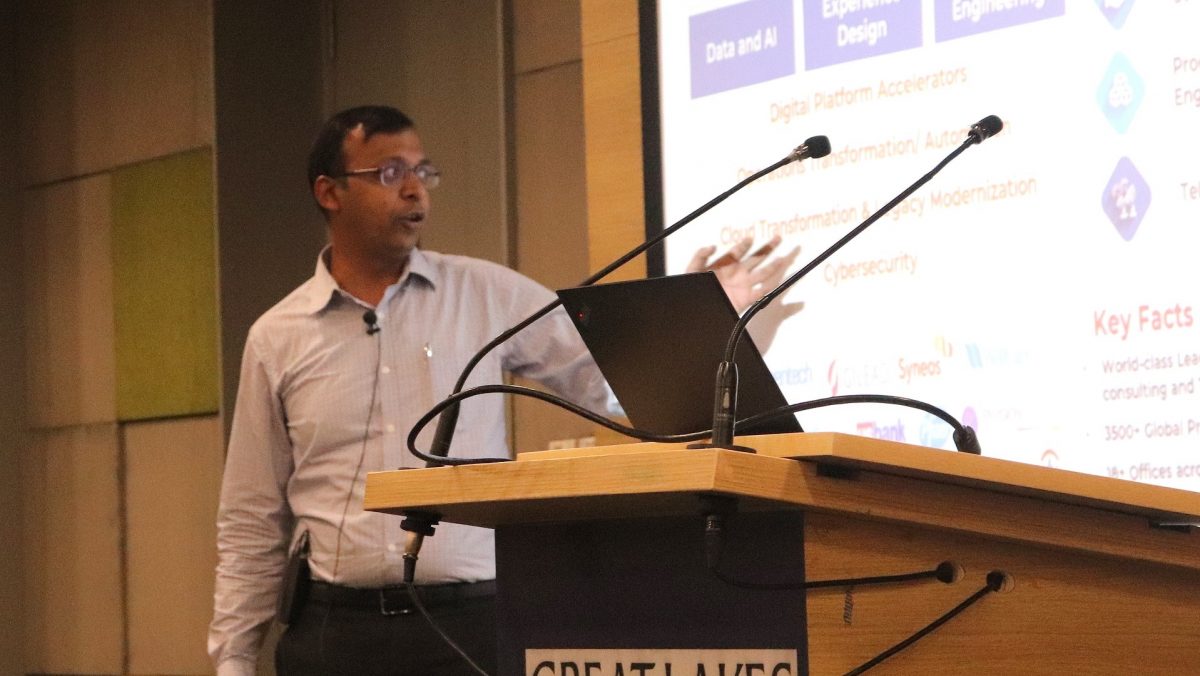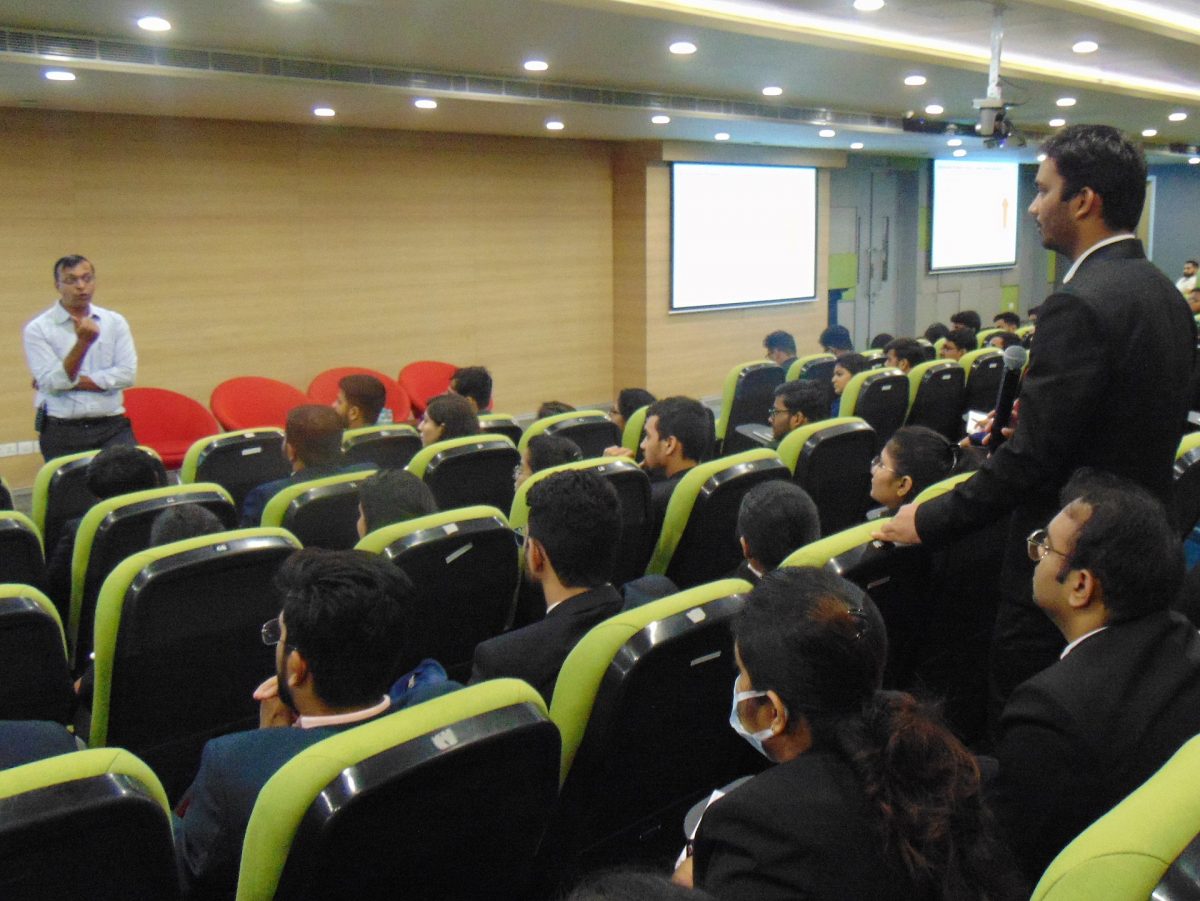Structured Problem Solving – A 7 Step Approach
Last updated on: 26th June, 2025 | Distinguished Guest Sessions | Teja Padmasri Dharmala, Class of 2023 << back to blog

Published on: 6th August, 2022
A CXO Talk session by Mr. Shashank Arya, Chief Development Officer, Incedo Inc.
“The formulation of the problem is often more essential than its solution” – Albert Einstein
Mauryans, the PGPM Class of 2023 at Great Lakes Institute of Management, Gurgaon, were elated to be part of an interactive workshop by Mr. Shashank Arya, the Chief Delivery Officer at Incedo Inc. The objective of the session was to establish and appreciate the need of structured problem solving addressed with rational thinking.

Introducing Mr Shashank Arya
As Chief Delivery Officer at Incedo, Mr. Arya is responsible for scaling people and capabilities, strengthening delivery planning and execution, and speeding up innovation. His focus is on bringing together technology, delivery practices and deep domain knowledge to drive values to the clients.
Prior to Incedo, he worked with ZS Associates in Sales Planning, Execution and R&D areas. He is an expert in incentive compensation, data management, reporting and big data implementations. He has led many global consulting, technology, and operations projects, covering over 40 countries across the US, Europe, Latin America and APAC regions.

Structured Problem Solving
Our speaker Mr. Arya had a zestful start with the students on “What is Structured Problem Solving?” The students came up with all the possible answers from their insights on how to solve a complicated problem. He explained how quality problems and product field failures are among the major concerns for most organizations. Thus, the ability to understand, synthesize and solve is the key weapon to lead our way.
Many interactive questions were posed, such as “How to identify a problem?” and “How to structure it?”
The Structured Problem Solving approach, imperative to leapfrog towards our mission, makes it possible to answer the “How” questions. Mr. Arya also stated, “You think something is a problem, but it is not the actual problem,” and he justified it by sharing insights into intents and realities. He then walked the students through the organized problem-solving process’ seven steps, helping students get to the heart of the issue and develop a novel solution.
Structured Problem Solving- Seven Step Approach
Problem-solving is a cognitive skill. Often these skills are lacking, and problems continue to surface – many repetitively. A proper analysis needs to be taken to ensure issues are resolved once and for all. This Structured Problem Solving approach brings clarity to the actual process of going about problem-solving:
1: Problem Definition
As rightly said by John Dewey, “A problem properly stated is half solved”. Considering that, the foremost question asked by Mr Arya at this point of the session is “What are we trying to solve?” and that tops the list.
2: Problem Disaggregation
Here, the students got to know the “hidden gem” to break down the problem into smaller problems by the TREE approach, which helps to get the root causes and the key input for prioritization. He explained this gem with a great interactive case discussion.
3: Hypothesis Generation and Prioritization
Students comprehended the deductive and inductive approach to “Prune the tree”.
4: Work Planning
The Impact-Effort Matrix can identify prioritizing, which results in a plan for iterative problem-solving, said our speaker. He even told our students that this Matrix is mandatory to crack the interviews well.
5: Analysis
“Peel the onion” start with a simple analysis and then go deeper. Avoid both “Boiling the ocean” and “Winging it”. Mr Arya urged students to always function as a PARETO referred to as the 80/20 rule, suggests that the 80% benefits can be obtained from 20% of the efforts
6: Synthesis
The main weight of this step is having an impact on a problem to be solved on KPI.
7: Recommendations
Always Communicate. Be ready for multiple rounds of syndication. He ensured to follow the Pyramid Principle approach on this point.

Often the magic of problem-solving seems in building the correct strategy, tweaking it and getting it to yield results. But the key is in structuring the right problem statement. To conclude the session, Mr. Arya left the students with a lucid acumen of Structured Problem-Solving skills one needs to have for tomorrow.
Written by
Teja Padmasri Dharmala
PGPM Class of 2022-23
Great Lakes Institute of Management, Gurgaon